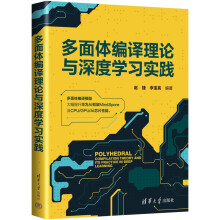Wenhe Liao is Professor in Nanjing University of Aeronautics and Astronautics, also the Vice President of Nanjing University of Science and Technology. He is the director of the Research Centre for Digital Design and Manufacturing Technology, Member of Geometric Design & Computing Committee, China Society for In-dustrial and Applied Mathematics. His research fields include air three-dimensional (3D) digi-tal design, virtual assembly, and digital medical equipment technology and micro-satellite design. He has published 2 books and dozens of papers on CAD/CAM.
Hao Liu is Associate Professor in Nanjing Uni-versity of Aeronautics and Astronautics. He is Member of Geometric Design & Computing Committee, China Society for Industrial and Applied Mathematics. His research fields include surface modeling, CAD/CAM, 3D printing and CT image processing. He has published a text-book and more than ten papers on geometry modeling and CT image processing.
Tao Li is Lecturer in Suzhou University of Sci-ence and Technology. His research fields include surface modeling, reverse engineering and digi-tal geometry processing. He has published more than ten papers on geometry modeling and pro-cessing.
展开










